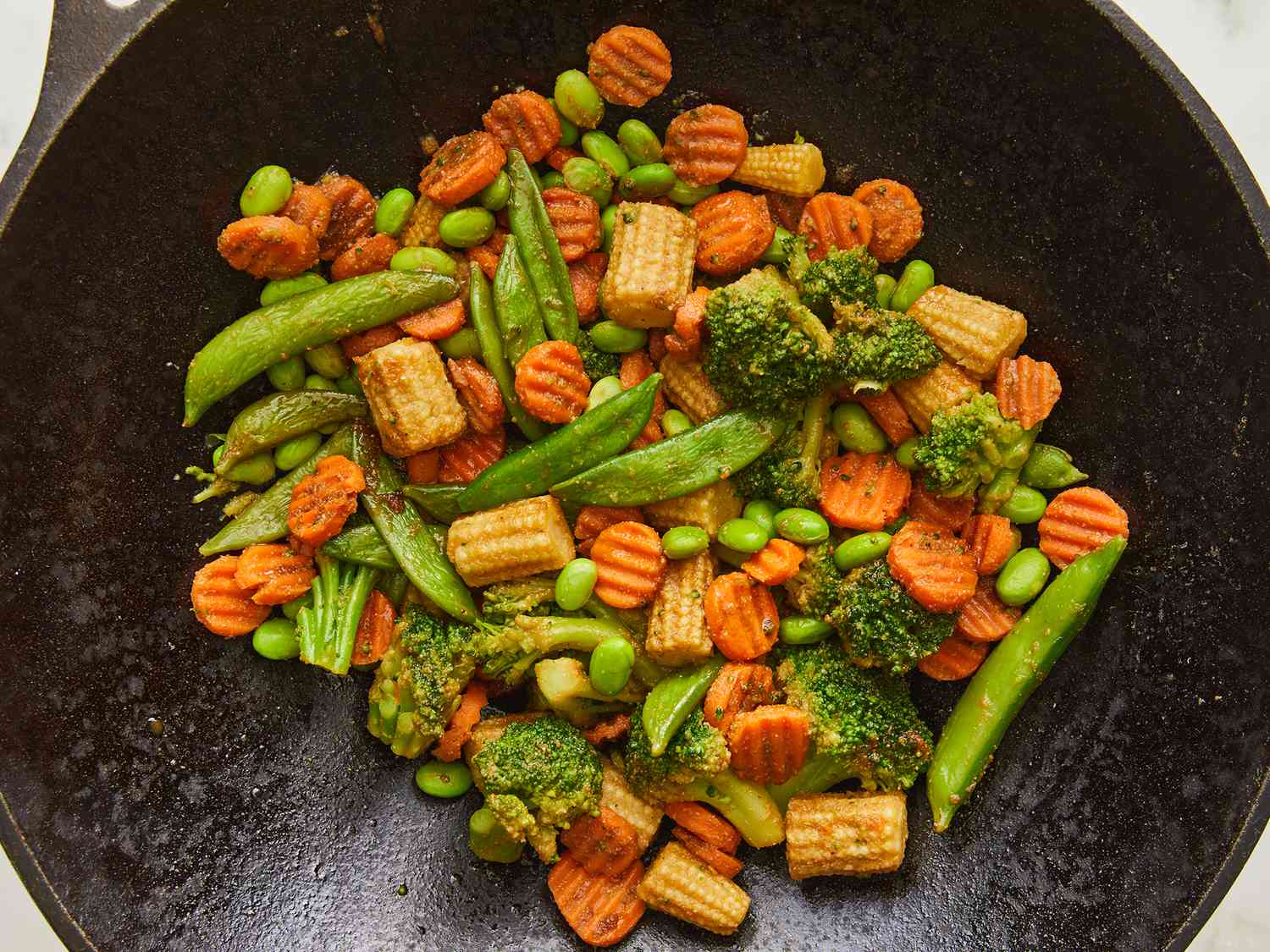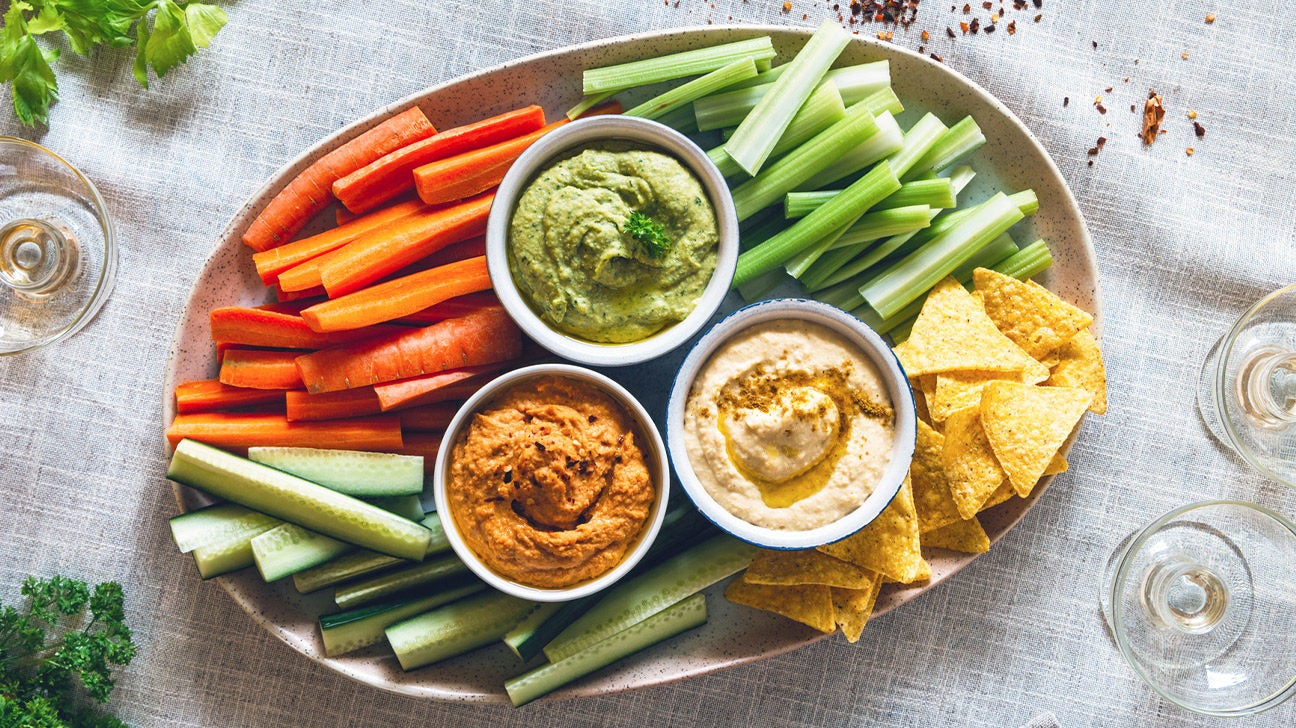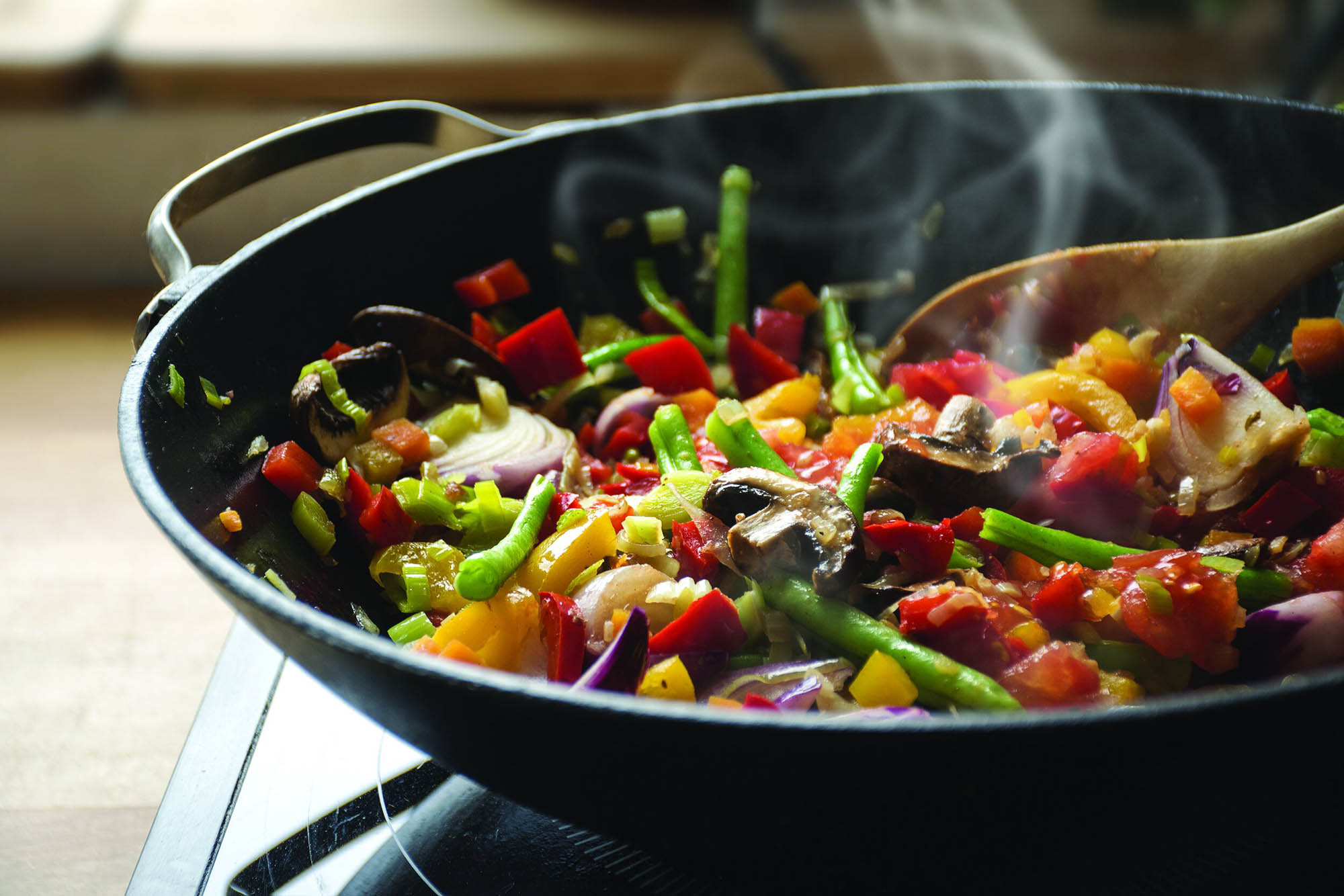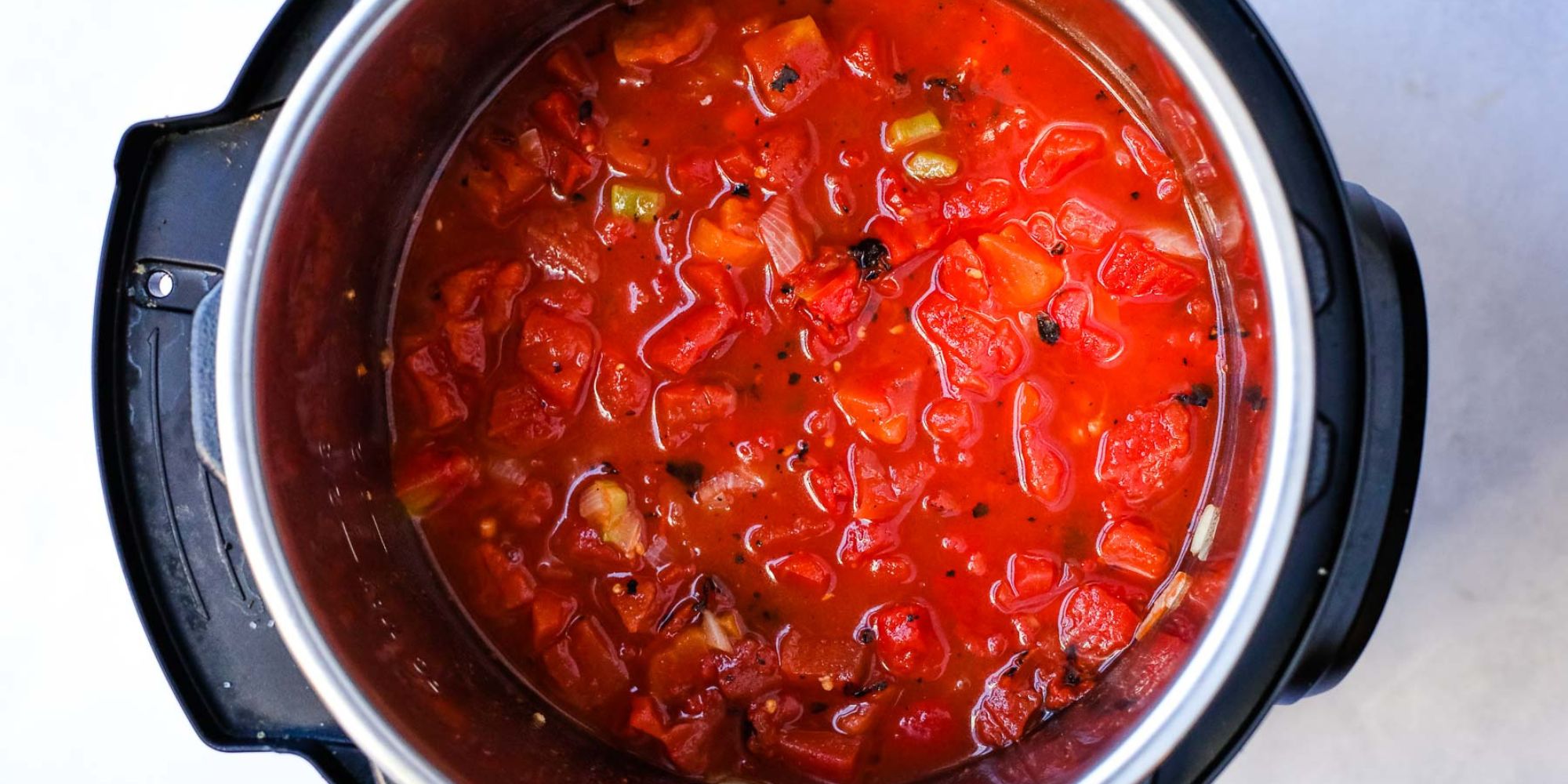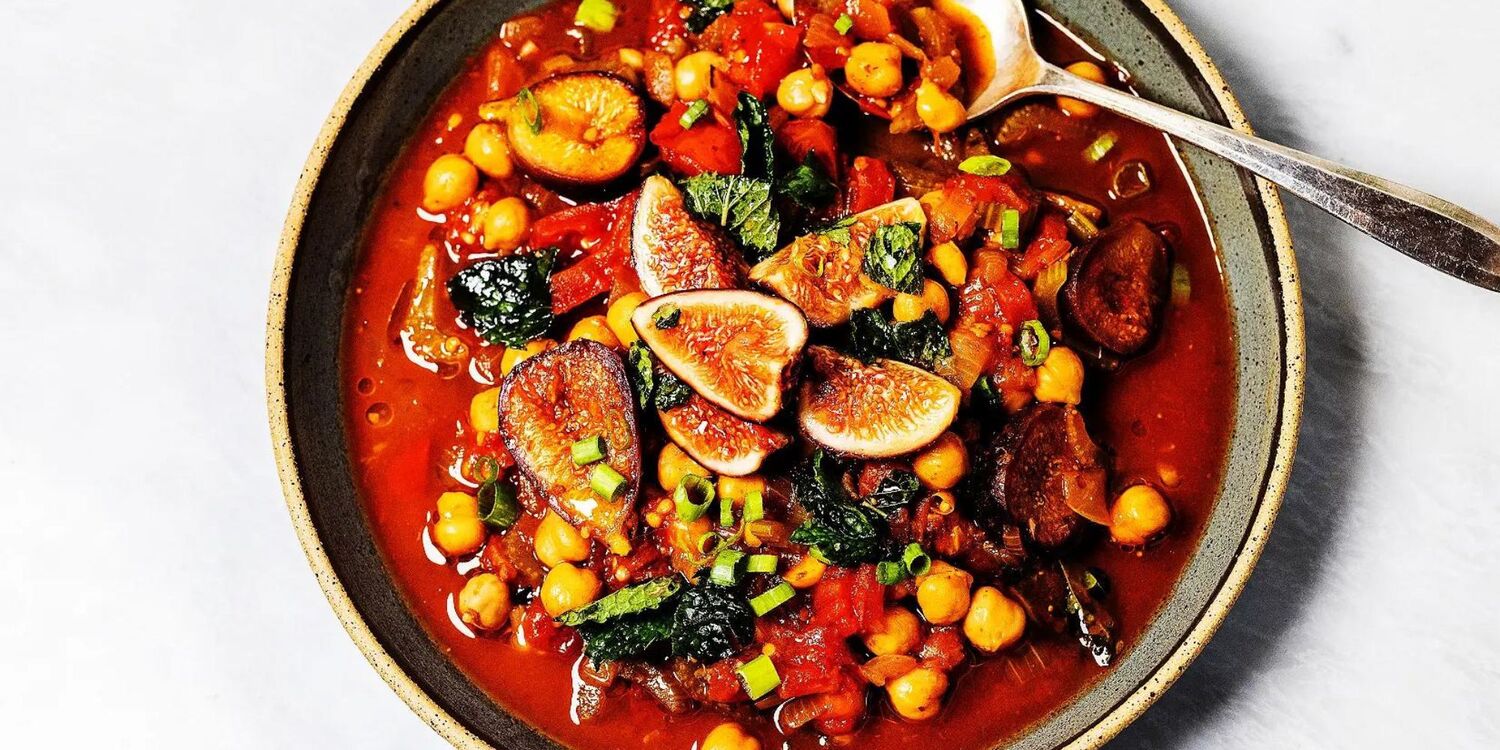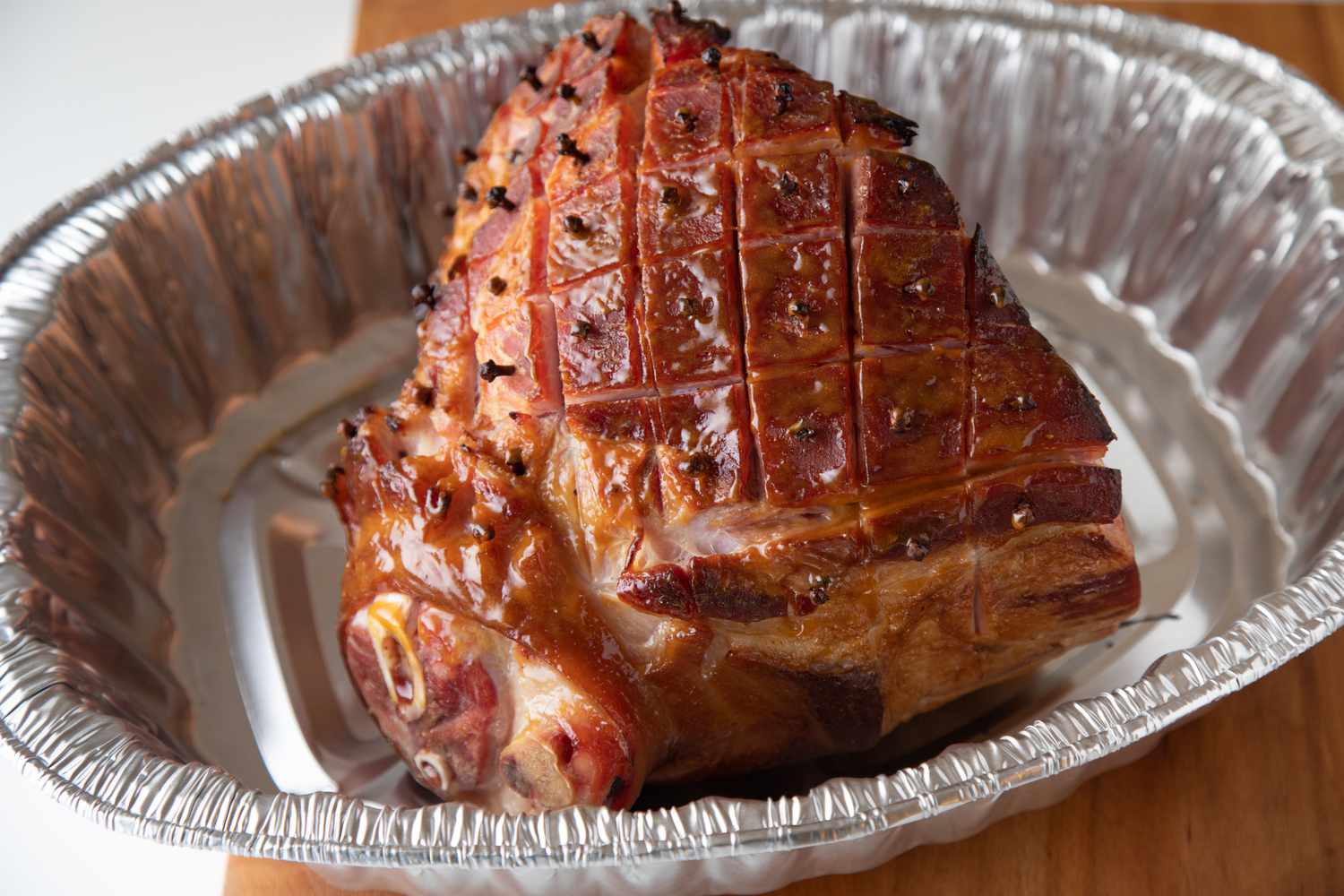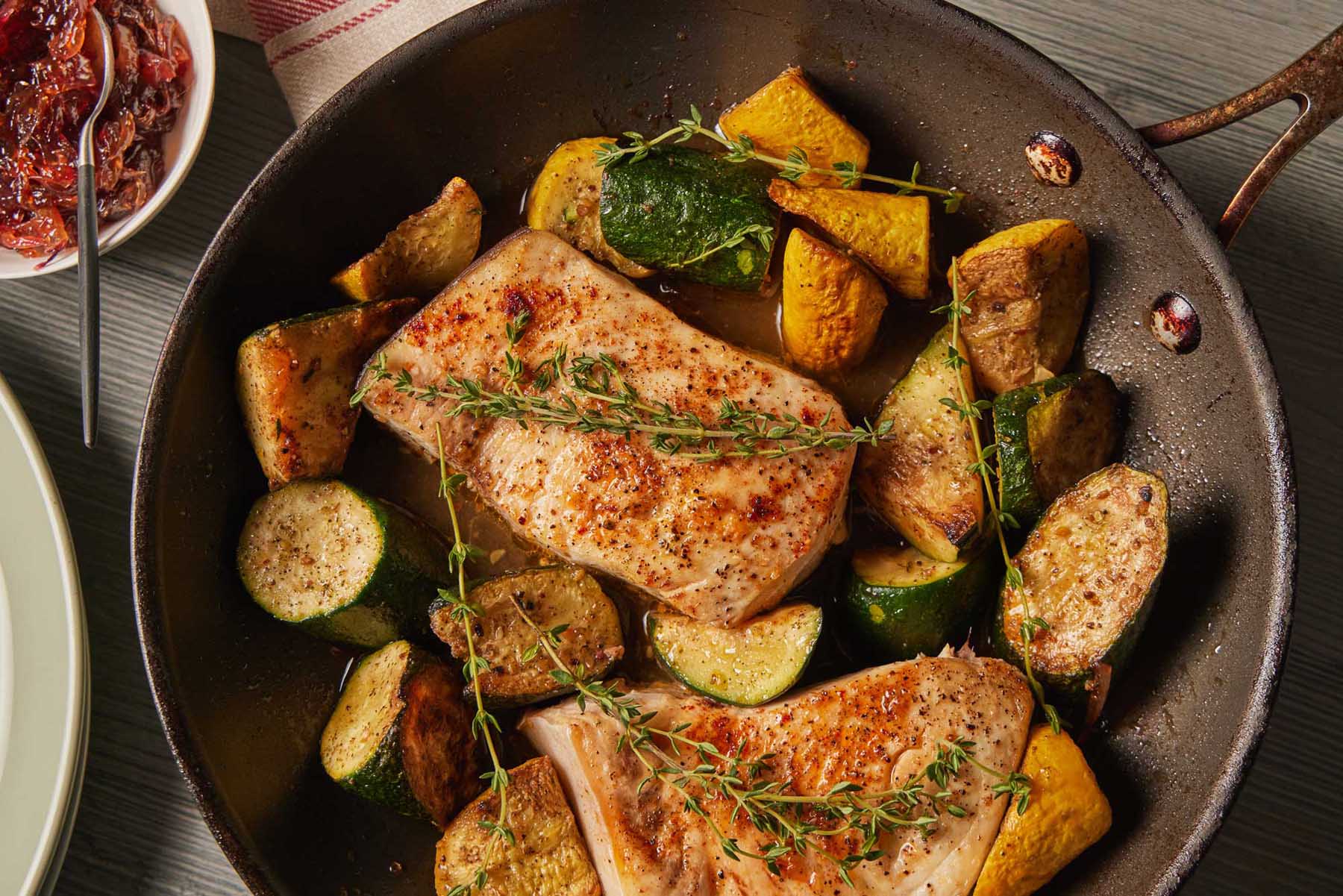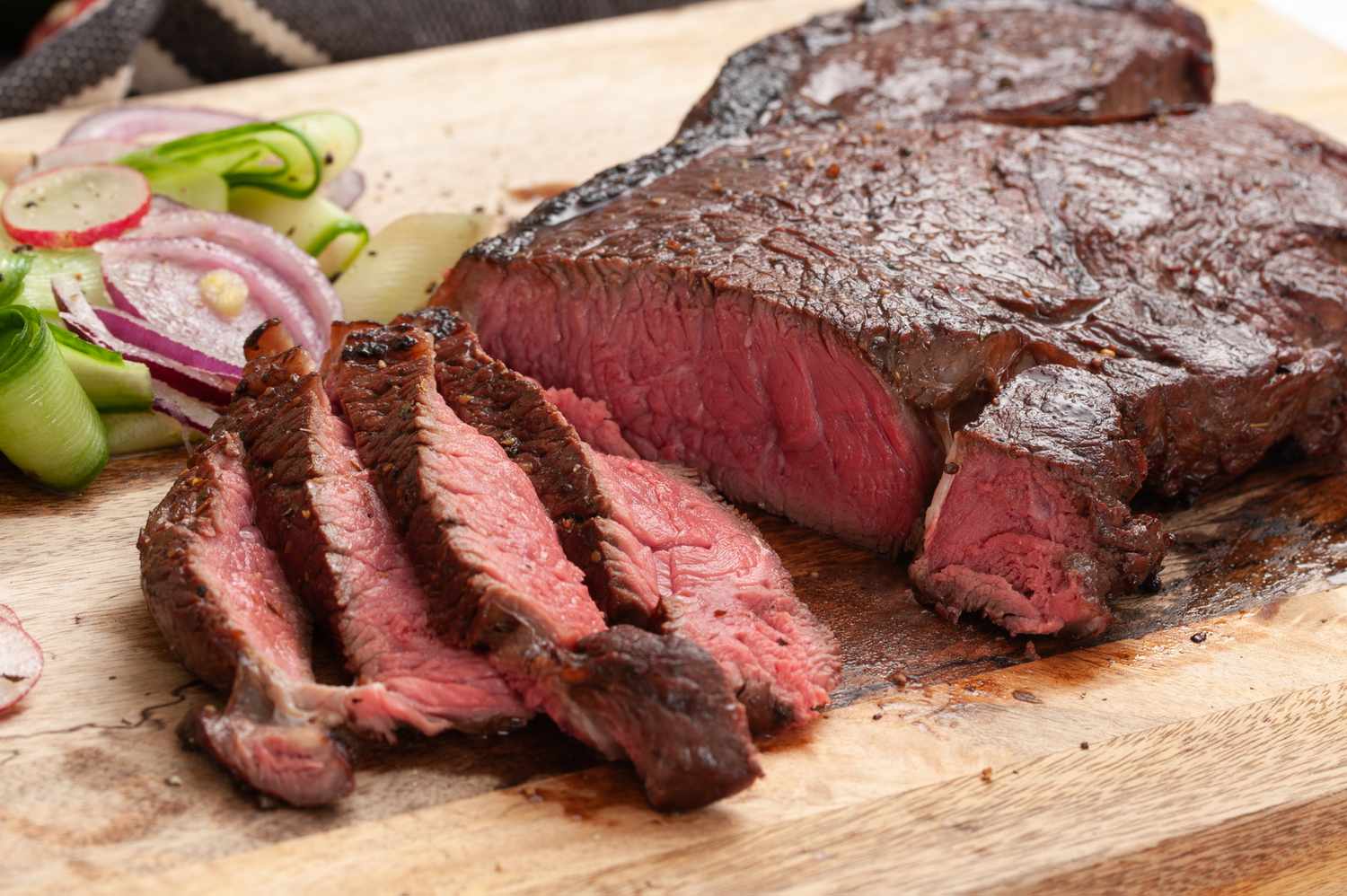Tips for Perfectly Stir-Fried Veggies
Stir-frying is a fantastic way to cook vegetables. It’s quick, it’s healthy, and it locks in all the flavors and nutrients. However, one common problem many people face when stir-frying veggies is ending up with a watery mess. But fear not, with a few simple tips, you can achieve perfectly stir-fried veggies every time without making them watery.
Choose the Right Veggies
Not all vegetables are created equal when it comes to stir-frying. Some veggies have a high water content and are more prone to becoming watery when cooked. Opt for vegetables that are sturdy and have a lower water content, such as:
- Broccoli
- Carrots
- Bell peppers
- Snap peas
- Mushrooms
These veggies hold up well to high heat and won’t release as much water during cooking.
Prep Your Veggies Properly
Before you start stir-frying, make sure to properly prep your veggies. Wash them thoroughly and pat them dry to remove any excess moisture. Cut the veggies into uniform pieces to ensure they cook evenly and release less water during the cooking process.
Use High Heat
One of the keys to successful stir-frying is using high heat. When the pan and oil are hot enough, the veggies will cook quickly, sealing in their natural juices and flavors without releasing excess water. Make sure your pan is hot before adding the veggies, and keep them moving in the pan to prevent them from stewing in their own juices.
Avoid Overcrowding the Pan
It’s important not to overcrowd the pan when stir-frying veggies. If the pan is too crowded, the veggies will end up steaming rather than stir-frying, leading to excess moisture. Cook the veggies in batches if needed, ensuring there is enough space in the pan for them to cook evenly and quickly.
Finish with the Right Sauce
Once your veggies are perfectly stir-fried, it’s time to add some flavor. Opt for sauces that will complement the veggies without adding excess liquid. Consider using sauces like:
- Soy sauce
- Teriyaki sauce
- Oyster sauce
- Sesame oil
These sauces will add flavor without making your veggies watery.
Conclusion
Stir-frying veggies without making them watery is absolutely achievable with the right techniques. By choosing the right veggies, prepping them properly, using high heat, avoiding overcrowding the pan, and finishing with the right sauce, you can enjoy perfectly stir-fried veggies every time. So, next time you’re craving a delicious and healthy vegetable dish, put these tips to use and enjoy the results!
For those looking to perfect their stir-frying skills and avoid watery veggies, there are several recipes worth trying. The Classic Chicken and Vegetable Stir-Fry is a great starting point, offering a balanced mix of meats and vegetables. If you're a fan of seafood, the Shrimp and Snap Pea Stir-Fry will test your ability to keep veggies crisp. Vegetarians will appreciate the Mushroom and Asparagus Stir-Fry, which highlights the importance of cooking times. For a tasty challenge, the Sweet and Sour Pork Stir-Fry combines diverse textures and flavors. Lastly, the Thai Basil Chicken Stir-Fry is perfect for those wanting to experiment with aromatic herbs and spices. Each of these dishes will help you master the technique of stir-frying without ending up with a watery mess.
